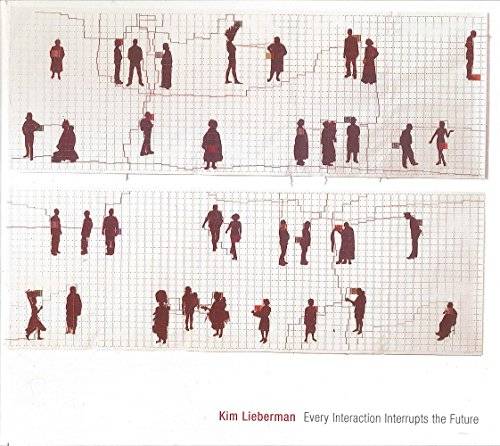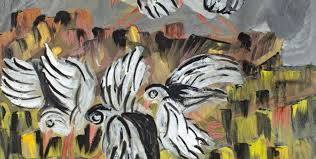



gladys mgudlandu and maggie laubser, Visionary Artists, Parallel Lives
Check my rate
| Main centres: | 1-3 business days |
| Regional areas: | 3-4 business days |
| Remote areas: | 3-5 business days |




| Main centres: | 1-3 business days |
| Regional areas: | 3-4 business days |
| Remote areas: | 3-5 business days |
Trained in the traditional Fingo and Xhosa mural painting traditions by her grandmother, Gladys Mgudlandlu was largely otherwise self-taught although she was mentored by fellow artists Katrine Harries and Marjorie Wallace at times. She responded to Maggie Laubsers work and made a point of visiting the older artists exhibitions in the Cape. Mgudlandlu often painted birds, especially those species found in the Eastern Cape, and called herself uNontaka, the bird lady. Another favourite subject was township scenes of the Cape Flats. She worked as a nurse and as a teacher in and around Cape Town before taking up painting seriously from 1957 onwards and after that exhibited regularly in the Cape and, in 1964, in Johannesburg.
She sometimes used several viewpoints in one work, a practice possibly stemming from Xhosa mysticism where folktales typically present multiple views of an issue. A retrospective exhibition of her work toured South Africa in 2002.
Maggie Laubser was born on the farm Bloubommetjieskloof, near Malmesbury, in the wheat fields of the Western Cape. The formative impressions of her youth farm life, the inhabitants
of the farm, nature, flowers and animals, bathed in the ever- changing light informed her painting throughout her life. She went to Europe in 1913 and visited an artists colony at Laren in Holland and studied at the Slade School of Fine Art in London. She came into close contact with German Expressionism in Berlin and simplified her images by stripping them of detail, intensified her colours and contrasts, and retained only the essential symbolic forms of her personal vision and interpretation.
In 1924 she returned permanently to South Africa where initially her art received harsh criticism but over time her considerable achievements were acknowledged. From 1947 she lived at her home Altyd Lig at the Strand, and continued to paint until her death in 1973.